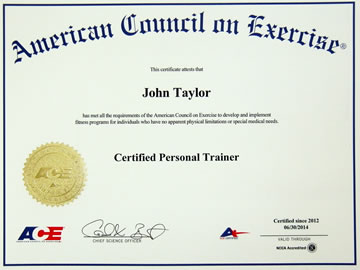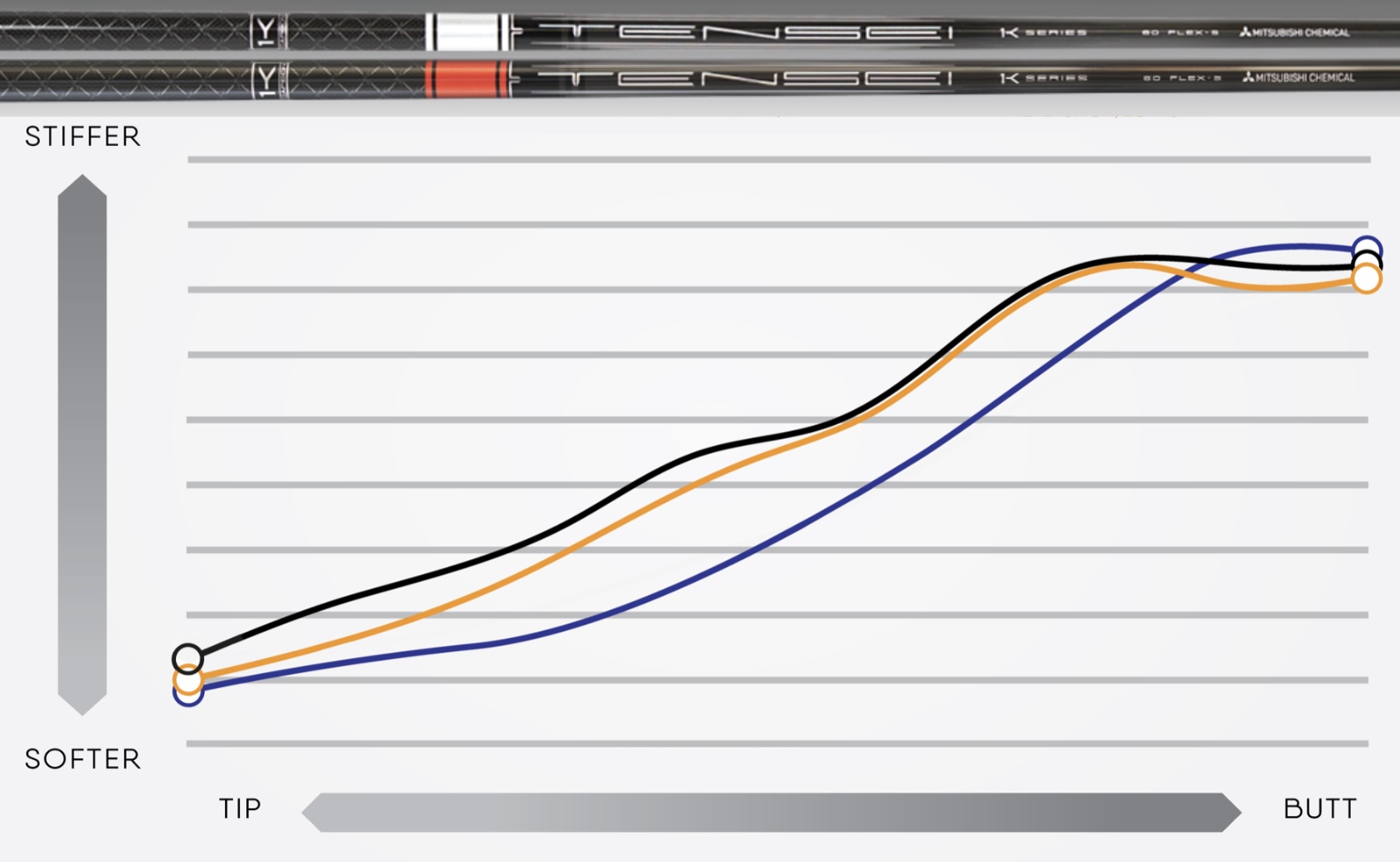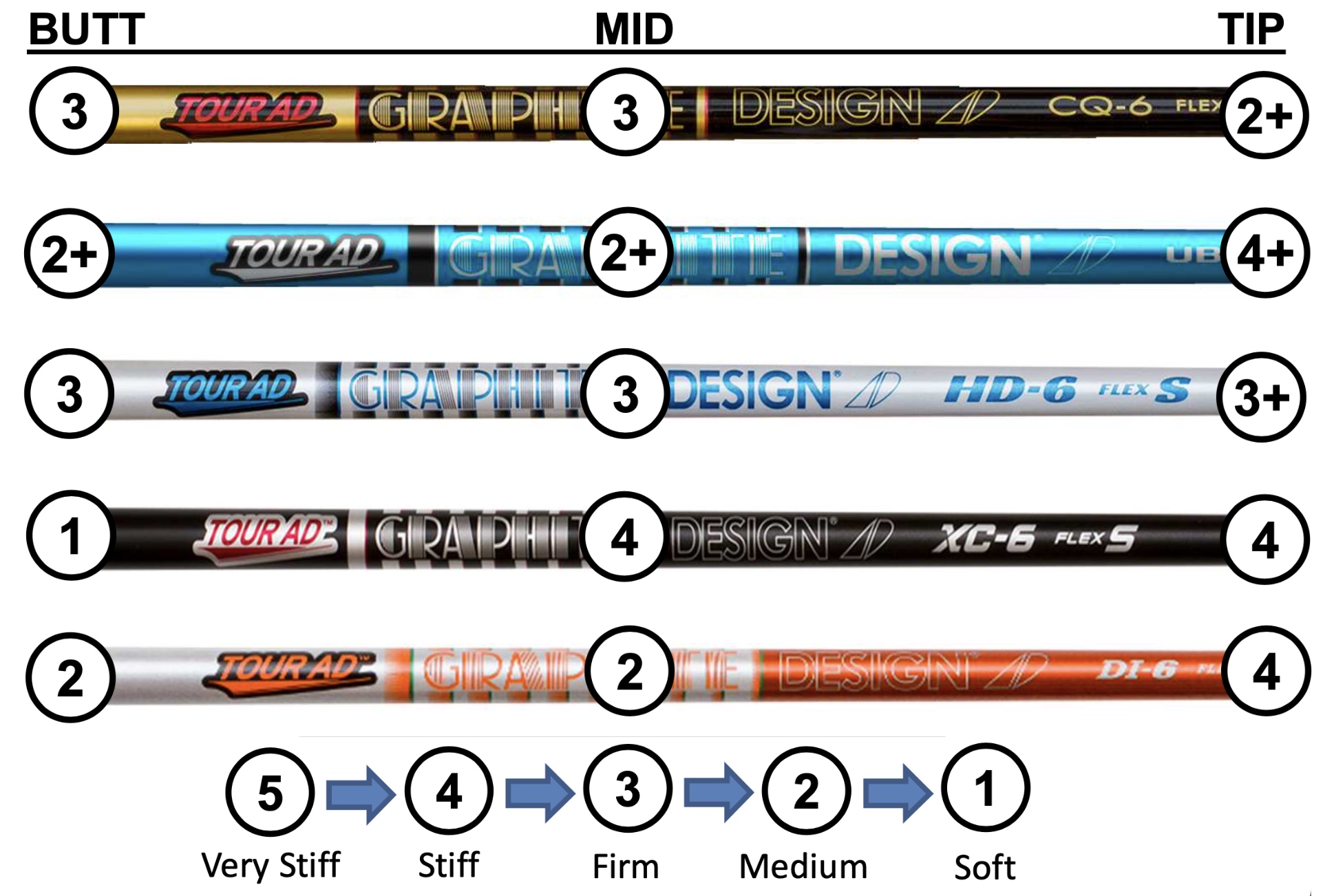The 2012 USGA Junior Girls Championship held at Lake Merced Golf Club was a revelation in the quality of golf played. Girls at the upper end of the age range, 15 - 17, played golf at the highest level. We saw the world's amateur girls number 1, 2, 4, and 8 in the semifinals playing a pro level game. These players were equally good, and it was Minjee Lee at world #4 with a hot hand who fought back against a strong opponent to win. The tournament was everything we expected and more. Here are a few thoughts on the tournament.
First is that the top amateur players have golf swings that looked as good as anything we've seen at the pro level, and that's where we expect to see them in the not too distant future. An amateur tournament that draws the best golfers in the world from more than a dozen countries is a great venue to view the game -- up close where a spectator can see the details firsthand. Near perfect swings, superb wedge play, a putting game equivalent to the best anywhere, and strong course management strategy. The complete game was here.
In the semifinals it was striking to see four quite different swing styles. The cliche about many different ways to swing a club, especially in swing tempo, was definitely in evidence here. But there were also many similarities among the players including a steady preshot routine, an efficient address position, a one-plane swing for consistency, and a late release with full extension just through impact.
All the ingredients for a great tournament were here: a national event in San Francisco, top players from around the world, a beautiful challenging golf course manicured to perfection, many competitors destined for the pro tours, and coverage by the broadcast media. There were plenty of spectators, but we were surprised there weren't more. Here's what we would like to see for events like this one.
More media coverage, both national and local. These players are the future of the game and we will see many of them on tour. What's more important -- endless recycling of broadcast "filler" and questionable programming or actual golf being played by competitors playing a game to which most of us can relate. It's in the interest of the golf media to help grow the game, and we think the media should take more advantage of these opportunites. Programming managers should get paid to make bold choices, not play it safe. They should be allowed to pursue their creative golf programming instincts.
More support by local golf instructors and coaches who work with junior golfers. It's a great opportunity to have their junior competitors experience the game at it's highest level and see what it takes to be an elite player -- it's the best source of inspiration that we know. National tournaments with an international field show a world of golf not seen elsewhere. Here are the players that are competing for college scholarships and a spot on tour. Any junior player who is serious about competitive golf should be experiencing tournaments like this.
Junior competitors who came to Lake Merced Golf Club found much more than they expected. First, the hospitality was world class with the host club going the extra distance to provide each player with an experience to be treasured. It started with distinctive opening ceremonies and a great party that offered unique San Francisco flavors and fun. Players with the same passion for golf were side by side sharing common goals and similar dreams. Friendships were being forged, some that will last a lifetime. And of course, there was the tournament. It showed what was possible and a path that many will follow. I had a great time watching and helping, and I can't wait for the the next one.





























 John Taylor
John Taylor